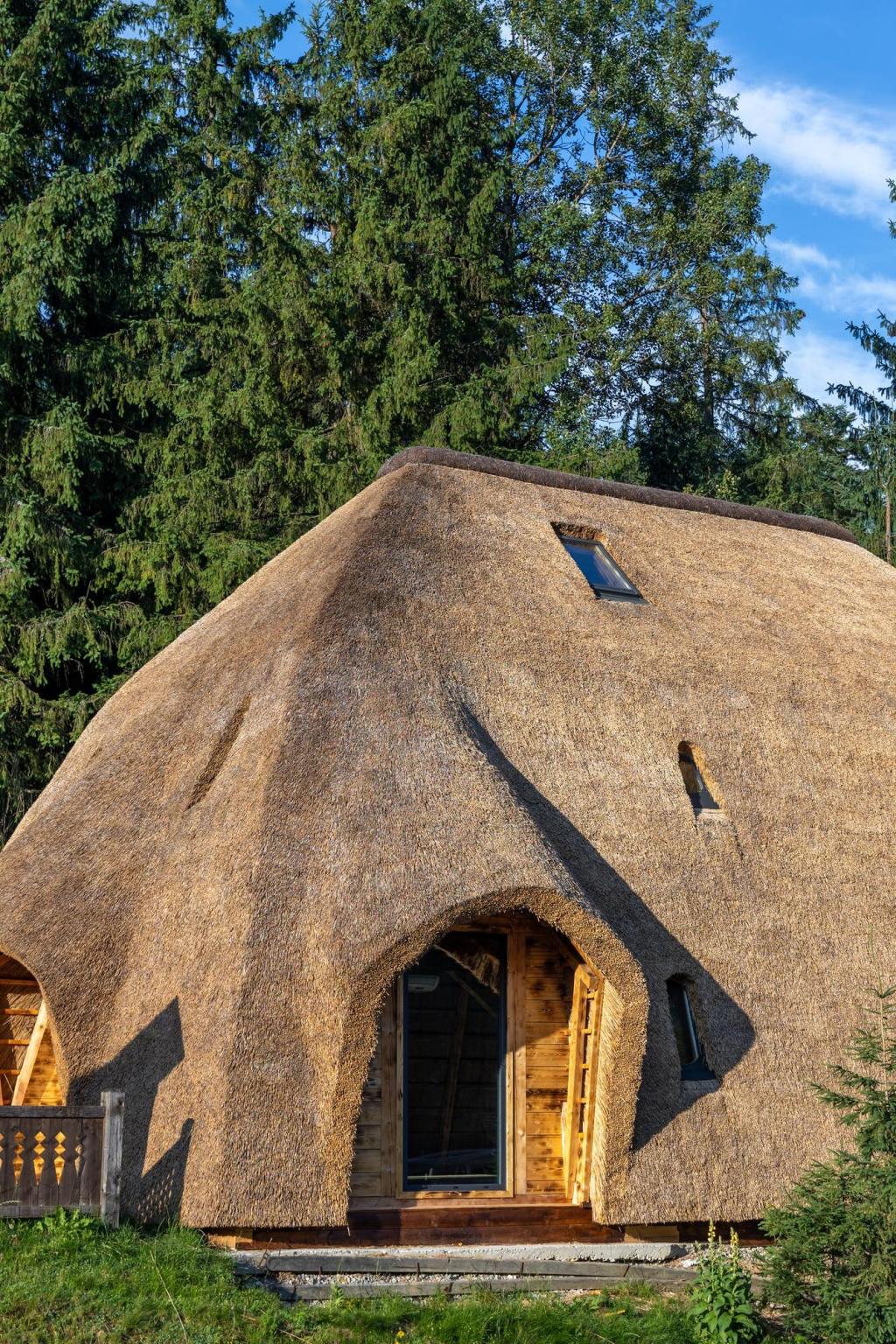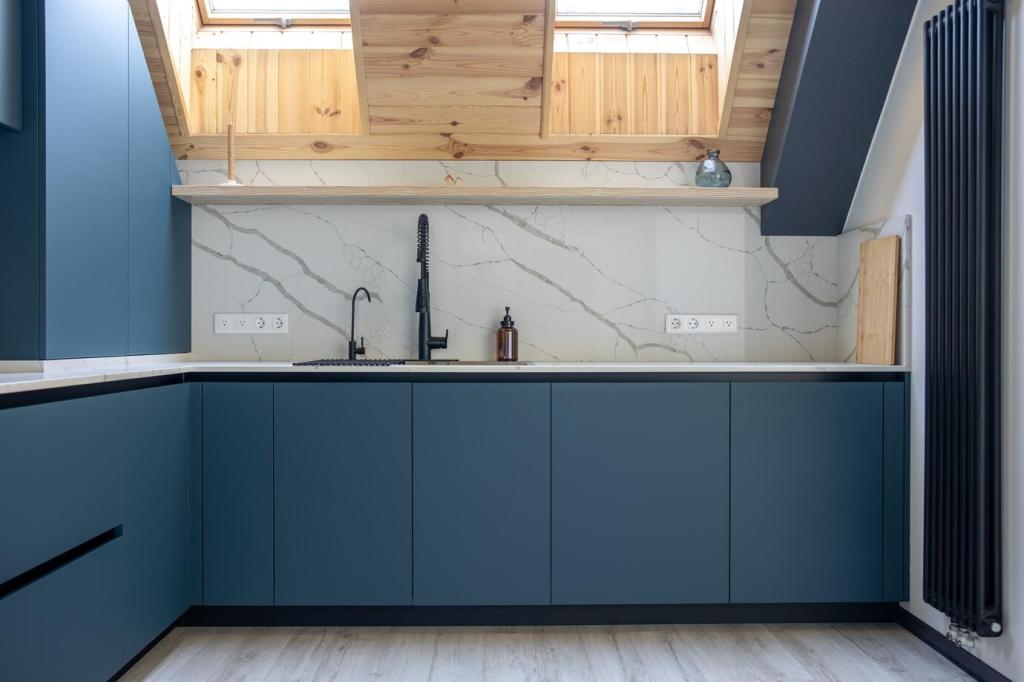
Building with Purpose: Organic and Recycled Building Materials
Chosen theme: Organic and Recycled Building Materials. Explore how bio-based and reclaimed resources can shape healthier, lower-carbon spaces with character and story. Join our community, comment with your questions, and subscribe for practical guides, field notes, and inspiring examples.
Foundations of Organic and Recycled Materials
Organic materials are derived from natural, minimally processed sources like bamboo, cork, hemp, straw, and wood fiber, while recycled options reuse post-consumer or post-industrial content such as steel, glass, brick, and aggregates. Both reduce waste and embodied carbon when verified and thoughtfully applied.
Bio-based materials can buffer humidity, improve acoustics, and reduce toxins, while recycled steel and glass offer strength with fewer virgin resources. Performance hinges on proper detailing, standards, and climate fit. Share your experiences about comfort, durability, or air quality when you switched materials.
Look for transparent documentation like Environmental Product Declarations, FSC certifications for timber, and Declare or Cradle to Cradle labels. Vet reclamation yards for consistent grading, and request traceability where possible. Comment with your favorite suppliers and tips for verifying authenticity and safe reuse.


Designing for Variability and Reuse
Reclaimed timbers, bricks, and windows rarely meet factory-perfect dimensions. Embrace modular grids, adjustable tolerances, and reversible joints that allow future disassembly. Tell us how you’ve adapted details to fit character-laden pieces without compromising structure, safety, or schedule.

Celebrating Texture and Warmth
Patinated brick, cork underfoot, and limewashed hempcrete can soften acoustics and add visual calm. These surfaces tell stories of previous lives, fostering a sense of place. Share photos of spaces where organic and recycled finishes elevated mood and made everyday moments feel special.

Moisture, Pests, and Breathability
Hempcrete walls and wood fiber boards can manage vapor when paired with lime plasters and smart membranes. Specify borate-treated cellulose and protect reclaimed wood from ground moisture and termites. Post your hard-won lessons on detailing sills, flashing, and ventilation for long-term resilience.
Case Story: A Library Rebuilt from Its City
The team sourced reclaimed brick from a nearby factory, recycled steel beams, cork flooring, and wood fiber insulation, with hemp-lime infill for interior partitions. An early life-cycle assessment estimated over one hundred tons of embodied carbon avoided. What would your palette include for a civic space?
Volunteers cleaned brick, denailed joists, and cataloged hardware. One brick revealed an old handprint pressed in clay—a quiet reminder of craft spanning generations. Share a discovery you’ve made while salvaging materials and how it changed your perspective on design and stewardship.
The library reported lower indoor temperature swings, quieter reading rooms, and reduced energy use, thanks to mass, insulation, and air-sealing upgrades. Staff noted a distinctive warmth in the reclaimed wood stacks. Subscribe to get the full post-occupancy deep dive and the specification set.
Construction Know-How for Reclaimed and Bio-Based Systems

Screen reclaimed components for contaminants like lead paint or asbestos, use metal detection to find hidden nails, and kiln-dry when needed to stabilize moisture. Plan for cleaning, grading, and documenting each piece. Tell us your best practices for safe prep on active sites.




What’s Next: Innovation and Circular Futures
From mycelium insulation to algae-derived binders, research is unlocking stronger, lighter bio-composites with low toxicity. Pilots are proving durability and moisture stability. Tell us which innovations you want us to test and review in a future hands-on field report.
What’s Next: Innovation and Circular Futures
Tracking origin, chemistry, and reuse potential unlocks smarter design and easier salvage later. Digital catalogs and building information models can store provenance and condition. Share how you’re documenting assets today to enable tomorrow’s circular economy.
